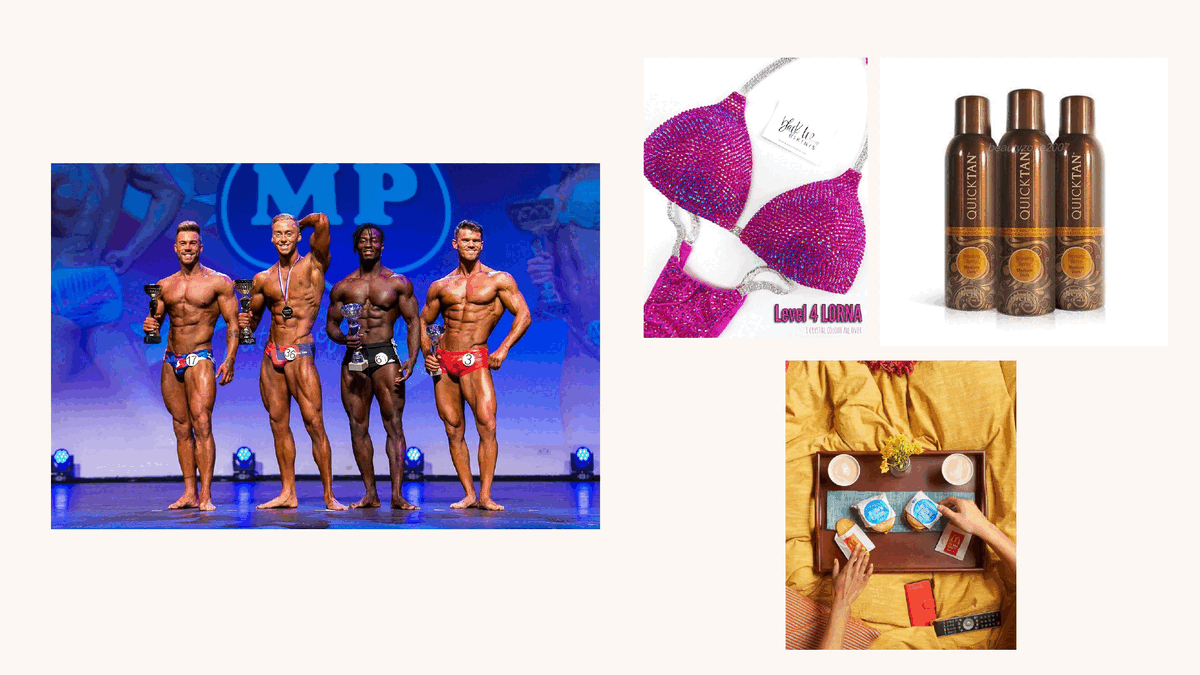I'm listening
Examples of effective data story openings from my recent bootcamp
Show me that it will be worth it, and quickly.
If you’ve been reading The Plot for a while, you know I’m a huge fan of engaging hooks. Whether you’re publishing a written data story or delivering a presentation, the first few sentences you utter are crucial. During those first moments, you show your audience that you care about them and that, in turn, they should care about what you have to say.
Knowing that you should pay attention to your hook is however not enough. In my experience, people need a continuous nudge of inspiration to keep trying. So today’s newsletter is meant to do exactly that 🎯 We’ve just wrapped up the third cohort of my data storytelling bootcamp, at the end of which participants present a data story. Here are three hook examples from those brilliant presentations that can inspire your next data story.
Humour
Today, I’ll tell you what happens to a territory when people behave like me—a middle-aged man without children.
Adding humour to your presentation, especially at the beginning, can seem tricky. You’ve probably heard tips like “just start with a joke”! But unless you’re a comedian, that may sound plain terrifying. This is why I love Lorenzo’s opening to a story about population rates in Italy—it’s fun because it’s self-deprecating. But it’s not complex. He got a chuckle from the audience but no one rolled on the floor laughing. Which is more than okay. So let this be your permission to take the pressure off: for a fun opening, simply make it light. It doesn’t need to be the funniest joke of the century. If you get a smile from the audience, you’ve done well.
Story
A long time ago, I won a scholarship to study in England for a couple of months. So I needed to find a place to live. After a while of searching, a couple accepted me—winners of a Miami pro competition you see in this picture. I traveled there. I met them, and they were very, very lovely people, but there was a big difference in our lifestyles.
For one, there were jewels all over the floor. There was also spray tan everywhere, in the bathroom and over the ceramics. This meant I would often just be hiding in my room eating Mcdonald's and studying.
The apartment we stayed in had very thin walls. Since I was often in my room, I could hear when they had television on. And the only thing they would watch again and again and again was FRIENDS. I've not really watched many episodes of this TV show myself, but because of the thin walls, I know quite a lot about it.
So today we’re going to take a deeper dive into this series and how other people perceived it over its ten seasons.
Kate started her presentation with this short story. We all live stories, right? And they make for a great hook. This particular one was masterfully crafted: it was personal, easy to follow, and—most importantly—linked to the key insights from the data. Kate used it to establish the ethos and introduce the topic. And she also brilliantly looped back to it at the end by mentioning that “she and her roommates eventually did become friends”.
Question
How many of you have a college degree?
Many hands went up as Venki asked this question. And all participants in the room were curious to know what he would do with the answers. This is perhaps the simplest way of engaging your audience right off the bat. Simple, but effective. When you ask your audience to participate, it shows that the topic will be relevant to them. It also makes them curious about what will come next. What else do you need?
As you familiarise yourself with these examples, I have a challenge for you: use an engaging opening as your first sentence. Don’t begin with “Hi, my name is X”. Don’t say “I want to tell you a story”. Just dive in.
It may be uncomfortable at first. But it will be worth it.
Thanks so much for reading! See you next week.
—Evelina
Upcoming trainings and events 📆
If you’re in Paris, join us for the next dataviz meetup! It will take place in person with two incredible speakers. We also have two surprises planned! 🤐
***
To learn data storytelling with me, you can attend one of these trainings:
🇫🇷 One-day data storytelling course in Paris on March 26. Read this article to learn more.
🏴 Two-day data storytelling course in Utrecht on April 16-17.
🏴 Three-week data storytelling bootcamp will start in early June. This will be an updated and improved version of my course based on the feedback from the recent cohort. As always, you can use the code THEPLOT10 for 10% off.
Enjoyed this post? Share it with a friend!
When you refer The Plot to a friend or colleague, you become eligible for the following rewards:
⭐️ 5 referrals: chart review
⭐️⭐️ 10 referrals: 30min 1:1 session
⭐️⭐️⭐️ 30 referrals: 1hour 1:1 session + project review





